Living rooms are spaces where families and friends come together to relax, watch television, or just chat. A well-lit living room is key to making the space feel comfortable and inviting. But what do you do if you don’t have any overhead lighting? Don’t worry – we’ve got you covered! In this comprehensive guide, we will answer common questions about how to light a living room without any overhead lighting. We’ll provide tips on using natural light and artificial light sources to create a well-lit space. Let’s get started!
The Importance of Lighting in a Living Room
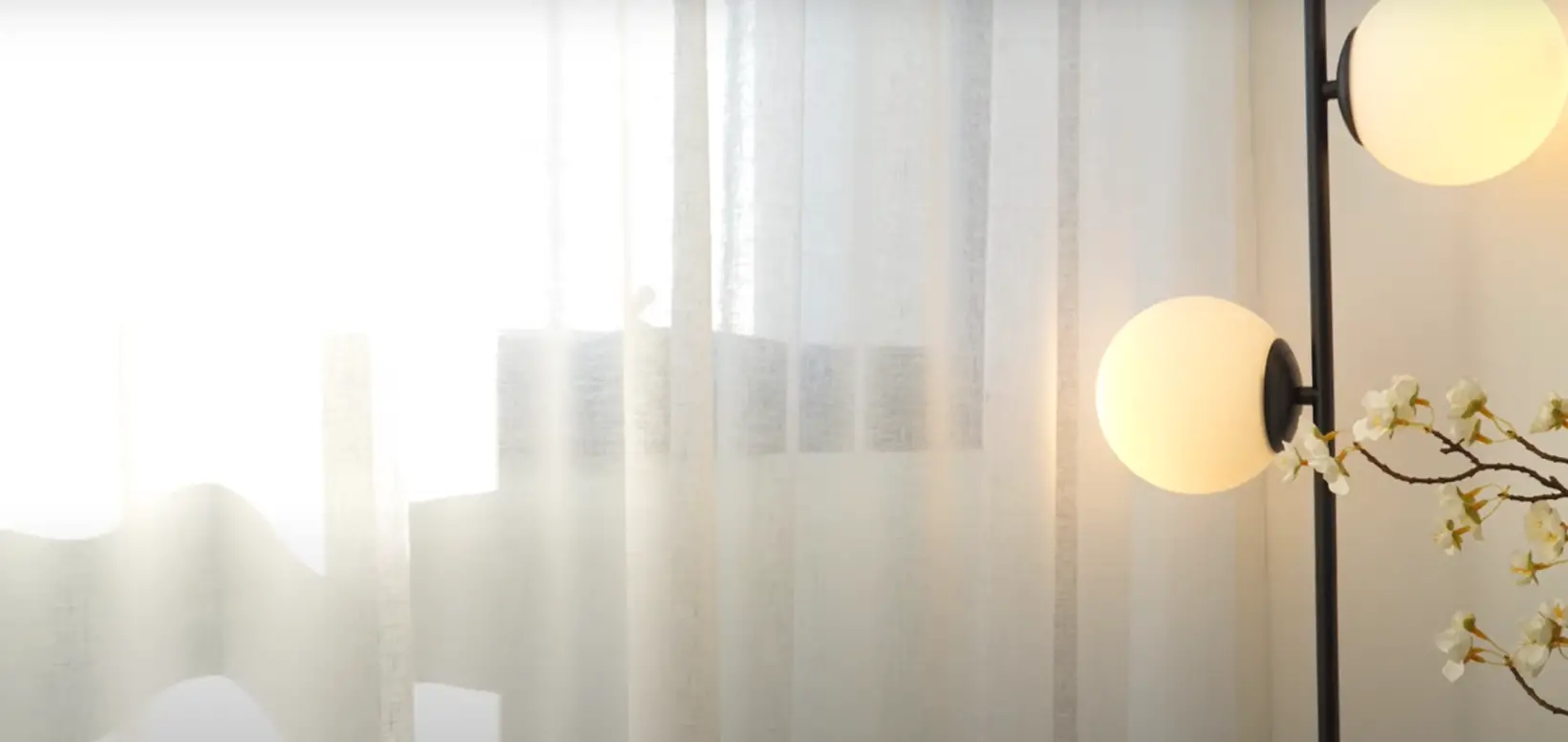
No matter what kind of space you’re working with, lighting is always an important consideration. But in a living room, it’s especially important to get the lighting right. The living room is typically one of the most used rooms in any home—a place where we relax, entertain guests, and spend time with our families. As such, it’s important to create a warm and inviting atmosphere with the right mix of task lighting, accent lighting, and ambient lighting.
Adding Some Light to Your Living Room Without Overhead Lighting
There are many reasons why a living room might not have any overhead light fixtures. Maybe the room is too small, or maybe the ceiling is too low. Or, perhaps the original owner of the house simply didn’t like the idea of having a light fixture hanging down from the ceiling. Whatever the reason, if you find yourself in a living room with no overhead lighting, don’t despair! There are still plenty of ways to get good lighting in the room. In this section, we’ll go over some of the best options for lighting a living room with no overhead lighting.
Natural Light
The first and best option for lighting a living room is to take advantage of any natural light that comes into the room. If the room has windows, open the curtains or blinds during the day to let in as much sunlight as possible. Not only is natural light free, but it’s also the most flattering type of light for both people and objects in a room. You might also want to consider rearranging your furniture to make better use of the natural light in the room. For example, if there’s a window on one side of the room, try putting your sofa or chairs on that side so that you can take advantage of the natural light while you’re relaxing in the evening.
Mirrors
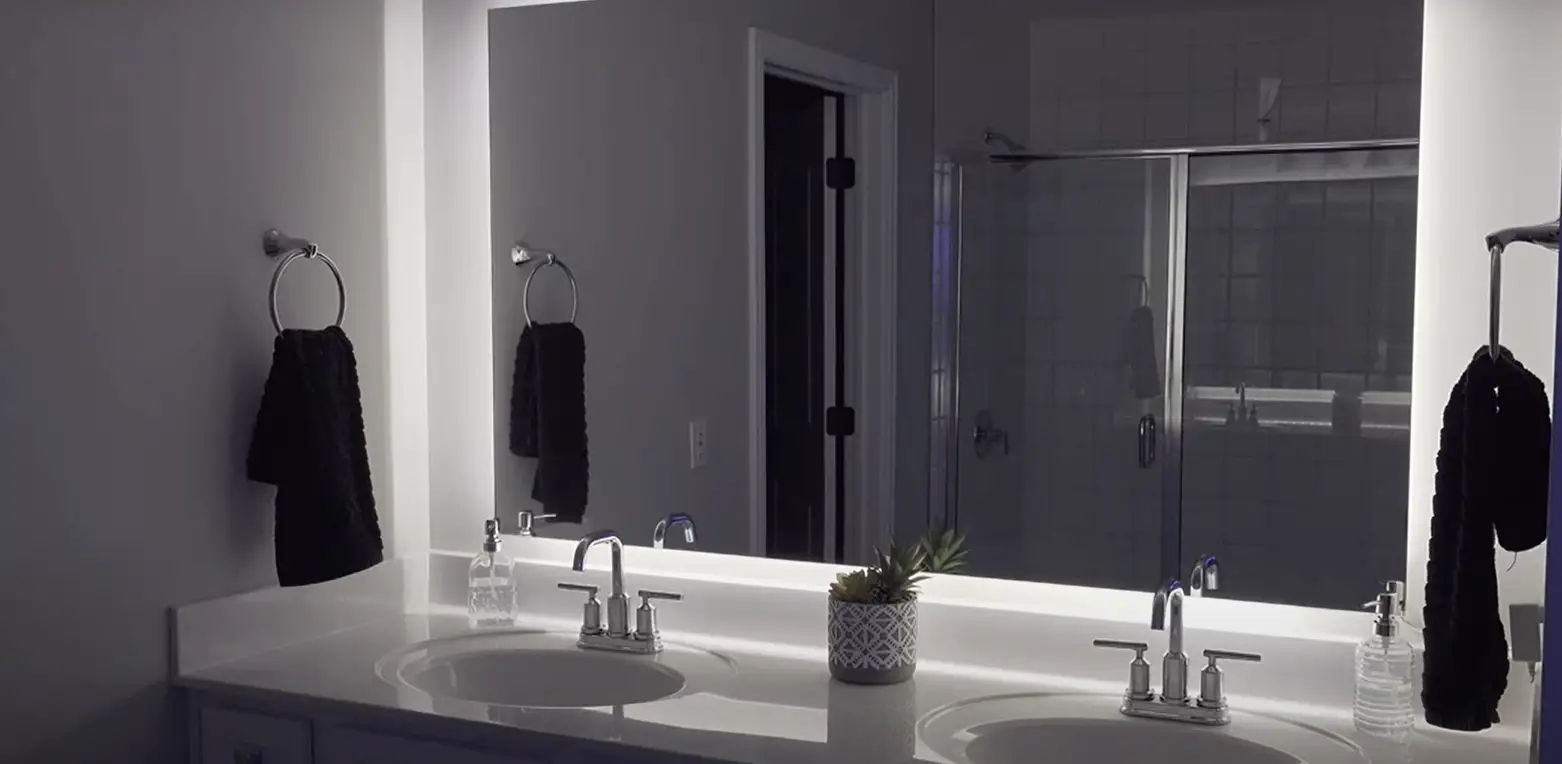
One of the best ways to add light to a room with no overhead lighting is to use mirrors. Mirrors reflect light, so they can help brighten up a room even when there’s no natural light coming in. You can hang mirrors on the walls, or you can place them on tables or shelves. Just make sure that the mirrors are placed in strategic positions where they will reflect as much light as possible. If you have a fireplace in your living room, you could even put a mirror above the mantel.
A great way to use mirrors for lighting is to place them opposite windows. This will help reflect natural light into the room, making it brighter during the day.
Of course, you don’t want to go overboard with mirrors. A few well-placed ones should do the trick nicely. Too many mirrors in a small space can make it feel like you’re in a fun house.
Reflective decorations
Similarly to mirrors, certain types of decorations can also help reflect light and brighten up a room. For example, you could use metallic vases or sculptures, or you could hang pictures with shiny frames. The key is to choose items that will reflect light back into the room, brightening it up during the day.
Another option is to use glass or crystal elements in your decor. These materials will reflect light and help brighten up the room. You could hang a glass chandelier or place some candles on a glass coffee table.
Just like with mirrors, you don’t want to go overboard with reflective decorations. A few well-chosen pieces should be enough to add some extra light to the room without making it feel too cluttered.
Artificial Light Sources
Phew! Now that we’ve covered natural light, let’s move on to discussing some of the best ways to light a living room with no overhead lighting using artificial light sources. There are many different types of artificial light sources that you can use to light a living room without any overhead lighting. We will discuss them one by one.
Table lamps
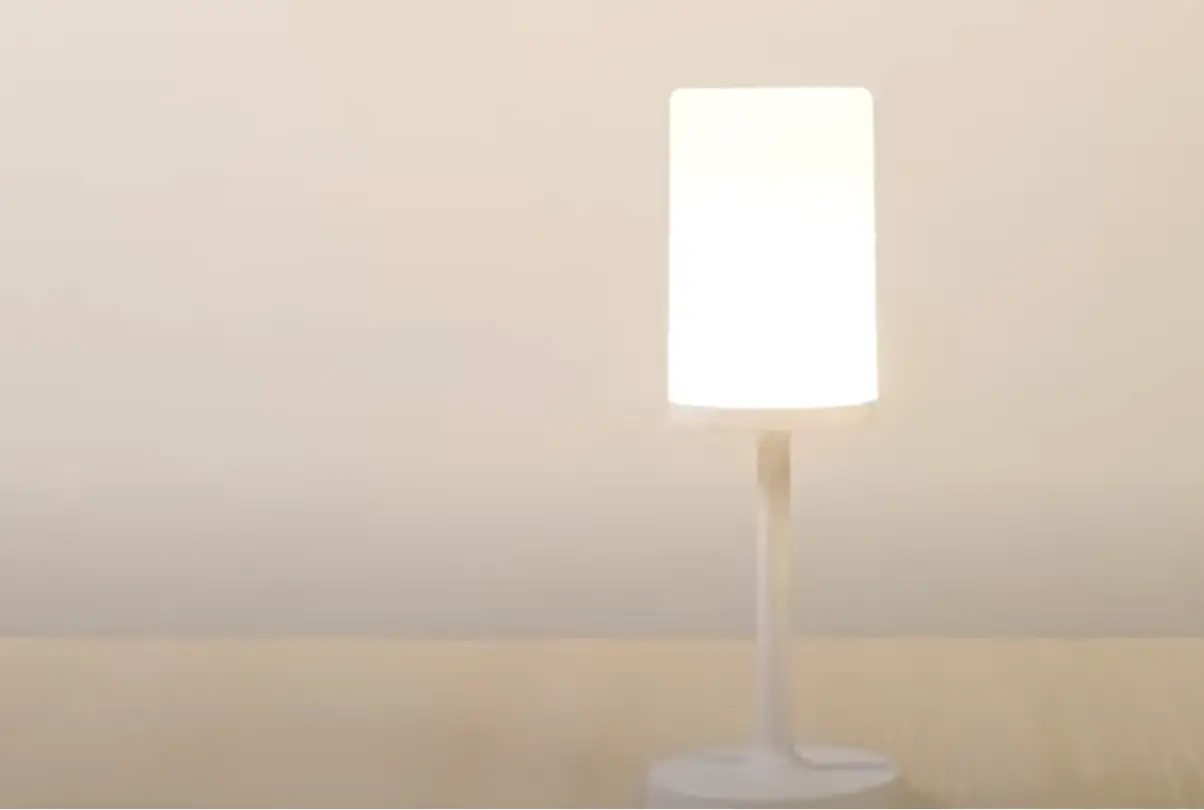
One of the most important things to consider when lighting a living room is task lighting. Task lighting is any kind of light that’s used to help you complete a specific task, such as reading or cooking. In a living room, task lighting might be used for activities like reading, working on a puzzle, or playing games.
There are several different types of fixtures that can be used for task lighting in a living room. Table lamps are one popular option—they’re relatively inexpensive, easy to find, and come in a wide variety of styles. You can use table lamps to provide task lighting for things like reading or working on a puzzle. Or, you can use them to add a bit of ambiance to the room.
One thing to keep in mind when choosing table lamps is the size of the shade. The shade should be big enough to provide adequate light but not so big that it looks out of proportion with the rest of the lamp and blocks too much light.
It’s also important to consider the height of the lamp. You don’t want a lamp that’s too tall or too short for the space. Ideally, the bottom of the shade should be at about eye level when you’re seated. This will ensure that you get plenty of light without having to strain your eyes.
Finally, make sure to choose a lamp with a sturdy base. You don’t want something that’s going to tip over easily, especially if you have kids or pets in the home. [2]
Floor lamps
Another popular option for task lighting in a living room are floor lamps. Floor lamps are similar to table lamps, but they’re larger and stand on the floor instead of sitting on a table or shelf. These fixtures are relatively inexpensive and can be easily moved around the room, so you can experiment with different arrangements until you find one that works best for your space.
When choosing floor lamps, it’s important to pick ones that fit the style of your room. For example, if you have a more traditional-style living room, you might want to choose lamps with classic designs. If your living room is more modern, you might want to go for something more minimalist. There are tons of different options out there, so take your time and find something that you love. And like table lamps, they come in different sizes, so you can choose one that’s just right for the space. You want something that’s going to provide plenty of light without being too tall or too small. And, you want a shade that’s large enough to provide adequate light but not so large that it looks out of proportion with the rest of the lamp.
One type of floor lamp that’s becoming increasingly popular is the no-shade floor lamp. These fixtures are exactly what they sound like—they’re floor lamps without any shades.
No-shade floor lamps have a very minimalist look, which can be great if you’re going for a more modern aesthetic in your living room. And because they don’t have any shades, they provide a lot of light, which can be helpful if you’re trying to light up a large space. However, no shades means that you need to be careful about protecting your eyes from the light. If you’re going to use one of these lamps in your living room, make sure to place it in a spot where it won’t be directly in your line of sight when you’re seated.
As with table lamps, make sure to choose a floor lamp with a stable base. Floor lamps can be quite heavy, so you want to make sure that they’re not going to fall over easily.
Another thing to keep in mind when choosing floor lamps is that they can take up quite a bit of space. If your living room is on the smaller side, you might want to opt for table lamps instead. [2], [3], [4]
Wall sconces
Another option for adding light to a living room without overhead lighting is to use wall sconces. They can be placed high up on the walls, near the ceiling, which means they won’t take up valuable floor space. Wall sconces come in a variety of styles, so you should be able to find something that goes well with your room’s decor.
One thing to keep in mind when using wall sconces is that they can cast shadows if not placed correctly. You’ll want to place them at least two feet away from any corners or edges to avoid creating dark areas in the room.
Keep in mind that you need to specifically choose plug-in wall sconces since hard-wired sconces will require an electrician to install. However, plug-in wall sconces will need an electrical outlet nearby. If there are no outlets in the spot you want to put them, you’ll need to hire an electrician to install one. [1], [4], [5]
Ceiling pendants
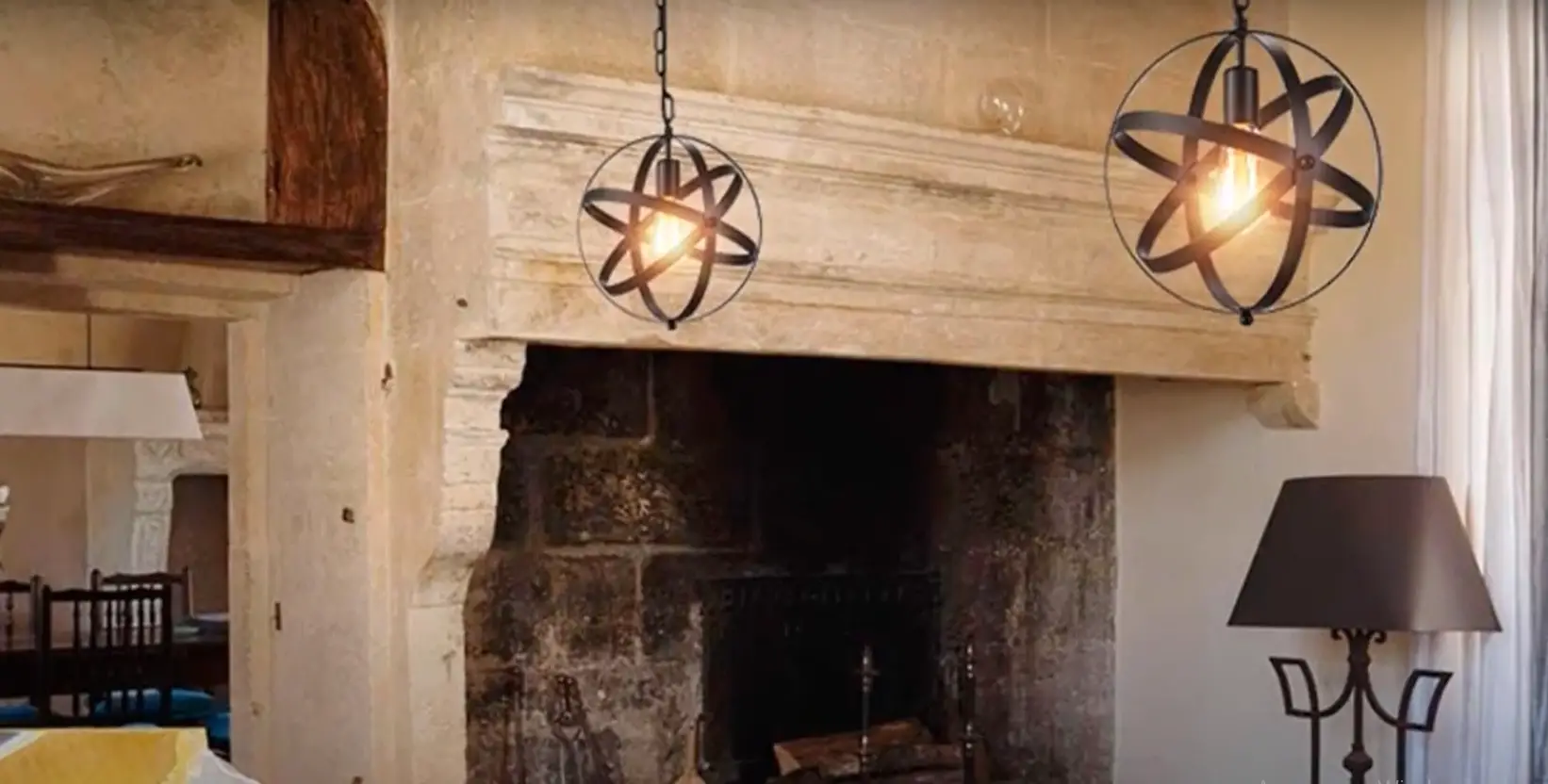
If you have a ceiling without any overhead lighting, one option is to install some pendant lights. Pendant lights hang down from the ceiling and can be placed just about anywhere in the room. They come in all sorts of different styles, so you should be able to find some that fit your room’s aesthetic. However, to make ceiling pendants work, you will need to have an electric outlet, long cord as well as a ceiling that is high enough to accommodate the pendant. You may also need to install a hook in your ceiling to support the pendant’s cord.
Pendant lights are a great way to add both style and light to a room. They can be used as accent lighting or task lighting, depending on where you place them. Just make sure that the pendants are the right size for the room. You don’t want them to be too small or too large. And, of course, you’ll need to make sure that there’s enough clearance under the pendants for people to walk underneath them without bumping their heads!
Always check the highest wattage that the pendant can handle before choosing your bulbs. You don’t want to overload the pendant and cause a fire! [1], [5], [6]
String lights
String lights are a great way to add some extra light to a room without overhead lighting. String lights are a type of light that has small light bulbs strung together on a wire. They are often used as Christmas lights, but they can be used year-round to add some extra light and ambiance to a room.
You can hang string lights around the perimeter of the room, or you can drape them over furniture or other objects. Just make sure that the string of lights is securely fastened so that it doesn’t pose a safety hazard.
The most common bulb type used in string lights are the LED bulbs. However, you can also find string lights with incandescent bulbs. LED bulbs use less energy than incandescent bulbs and they last longer, so they are a more environmentally-friendly option. However, incandescent bulbs are much brighter, so it’s up to you to decide which type of bulb you want to use.
You can buy string lights that are already wired with an electrical plug. Or, you can buy battery-operated string lights that don’t need to be plugged in. Just keep in mind that battery-operated string lights will need batteries replaced from time to time. [1], [5], [6]
LED strips
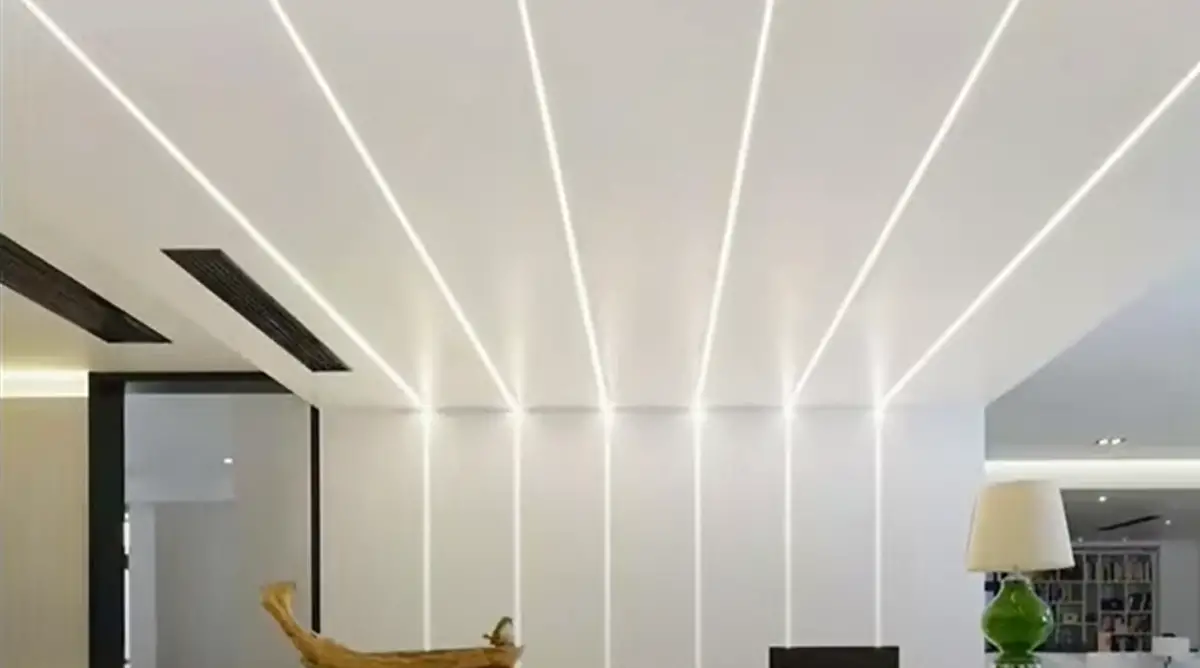
One option that you have for lighting a living room is to use LED strips. LED strips are thin strips of lights that can be placed almost anywhere. They’re often used as accent lighting, but they can also be used to provide general lighting for a room.
LED strips are a great option because they’re relatively inexpensive and they come in a variety of colors. You can even get them in different shapes and sizes. Plus, they’re easy to install yourself. Just make sure that you get the right type of strip for your needs. For example, if you want to place the strip under a cabinet, make sure you get an “under-cabinet” LED strip.
Another advantage of LED strips is that they’re very versatile. You can use them to create different lighting effects in the room. For example, you could use them to create a “mood” by changing the color of the light. Or, you could use them to highlight certain areas of the room, like a piece of art or a fireplace. Either way, LED strips are a great option for those who want to add some extra light to their living room without spending too much money. [5], [7]
Candles
One option for lighting a living room is to use candles. Candles provide a warm, inviting light that can make any room feel more cozy. They’re also relatively inexpensive, so they’re a great option if you’re on a budget.
However, there are some drawbacks to using candles as your primary source of light. First of all, they’re not very bright, so they might not be ideal if you’re trying to read or do other activities that require a lot of light. Secondly, they can be dangerous if left unattended. If you have pets or children in the home, it’s important to be extra careful with candles. Still, candles can be a great way to add some extra light and ambiance to a room.
There are flammable and flameless candles. Flameless candles are essentially LED lights in the shape of candles. They look and feel like real candles, but they don’t have an open flame. This makes them much safer to use around children and pets.
If you decide to use flammable candles in your living room, be sure to place them in sturdy holders and keep them away from flammable objects. It’s also a good idea to keep a fire extinguisher on hand just in case.
General Tips
As you can see, there are many different ways to light a living room without overhead lighting. However, there are a few general tips to keep in mind when lighting a living room:
Use a mix of different light sources to create a well-lit space. This could include overhead lighting, table lamps, floor lamps, string lights, and candles.
Consider the activities that you’ll be doing in the living room and choose your light sources accordingly. For example, if you’re going to be reading or working on crafts, you’ll need a brighter light than if you’re just watching TV.
Don’t forget about natural light! If your living room has windows, make sure to take advantage of them by opening the curtains or blinds during the day.
Keep things balanced by placing your light sources evenly around the room. This will help to avoid any “hot spots” or areas that are too bright.
Finally, don’t be afraid to experiment! Try different combinations of light sources until you find something that works for you and your living room.
Comparison of Lighting Options for a Living Room With No Overhead Lighting
This table compares various lighting options for illuminating a living room with no overhead lighting. Each option is evaluated based on several indicators to help you make an informed decision on the most suitable lighting solution for your living room.
The table provides a comparison of four lighting options: floor lamps, table lamps, wall sconces, and string lights. Each option is assessed based on four indicators: brightness, versatility, aesthetics, and cost. The higher the score, the better the option performs in that particular indicator.
| Lighting Option | Brightness (Lumens) | Versatility | Aesthetics | Cost ($) |
|---|---|---|---|---|
| Floor Lamps | 500-3000 | High | Varies | $50-$300 |
| Table Lamps | 250-1500 | Medium | Varies | $20-$150 |
| Wall Sconces | 500-2000 | Low | Varies | $40-$200 |
| String Lights | 100-500 | Medium | Decorative | $10-$50 |
In the table, the “Brightness” column represents the approximate range of lumens (a unit of light output) provided by each lighting option. The “Versatility” column indicates the flexibility of the lighting option in terms of adjusting the light direction or placement. The “Aesthetics” column reflects the subjective visual appeal of each option, which may vary depending on personal preferences. The “Cost” column provides an estimated price range for each lighting option.
Remember that the values mentioned are approximate and may vary depending on the specific model and brand of the lighting fixtures. It is important to consider your specific lighting needs and preferences before making a decision.
FAQ
How can I add light to my living room without wire?
The best way to add light to a living room without overhead lighting is by using lamps. Lamps come in a variety of shapes and sizes, so you can choose one that fits your style and needs. You can also use battery-operated candles to add ambiance to your living room.
How do wireless LED lights work?
Wireless LED lights work by using a battery-operated control that sends a signal to the lights. The wireless control can be placed anywhere in the room, and the lights will respond to the signal. You can also buy wireless LED lights that come with a remote control. These types of lights are great for rooms that do not have an overhead light fixture.
What are some alternative lighting options for a living room with no overhead lighting?
There are several alternative lighting options for a living room with no overhead lighting:
- Floor lamps: Floor lamps are versatile and can provide ample lighting. Choose a design that complements your living room’s aesthetic.
- Table lamps: Place table lamps strategically around the room to create a cozy and inviting atmosphere.
- Wall sconces: Install wall sconces to add a decorative touch while providing focused lighting on specific areas of the room.
- String lights: Hang string lights along the walls or ceiling to create a warm and ambient lighting effect.
- Task lighting: Use task lighting fixtures such as desk lamps or reading lamps to provide focused lighting for specific activities like reading or working.
How can I maximize natural light in my living room without overhead lighting?
To maximize natural light in your living room without overhead lighting, consider the following tips:
- Use sheer or light-colored curtains: Opt for curtains that allow natural light to pass through easily, creating a brighter and more open atmosphere.
- Keep windows clean: Regularly clean your windows to remove any dirt or grime that may obstruct sunlight.
- Use mirrors strategically: Place mirrors opposite windows to reflect and amplify natural light throughout the room.
- Trim surrounding foliage: If there are trees or plants outside your windows blocking sunlight, trim them to allow more light to enter.
What are some tips for layering lighting in a living room with no overhead lighting?
Layering lighting is essential for creating a well-lit and visually appealing living room. Here are some tips:
- Combine different light sources: Mix and match floor lamps, table lamps, wall sconces, and other lighting fixtures to create a balanced and layered effect.
- Use dimmers: Install dimmer switches for your lighting fixtures to have control over the intensity and mood of the lighting in your living room.
- Consider task lighting: Incorporate task lighting options near areas where specific activities take place, such as a reading nook or a work desk.
- Highlight focal points: Use accent lighting to draw attention to architectural features, artwork, or any other focal points in the room.
What are the best light bulb options for a living room with no overhead lighting?
When it comes to light bulb options for a living room with no overhead lighting, here are a few recommendations:
- LED bulbs: LED bulbs are energy-efficient, long-lasting, and available in various color temperatures, making them an excellent choice for general lighting.
- Compact fluorescent bulbs (CFL): CFL bulbs are energy-saving alternatives to traditional incandescent bulbs and provide a range of color temperatures.
- Halogen bulbs: Halogen bulbs produce a bright, white light and are suitable for accent lighting or specific task areas.
- Smart bulbs: Consider smart bulbs that can be controlled remotely, change colors, and adjust brightness levels to customize your living room’s lighting.
How can I create a cozy and inviting atmosphere in a living room with no overhead lighting?
To create a cozy and inviting atmosphere in a living room with no overhead lighting, try the following:
- Use warm-colored bulbs: Choose light bulbs with warm color temperatures (around 2700K to 3000K) to create a cozy and comfortable ambiance.
- Utilize soft lighting options: Opt for lighting fixtures with diffusers or shades to soften the light and reduce harsh shadows.
- Incorporate accent lighting: Install accent lighting fixtures, such as wall sconces or picture lights, to add warmth and visual interest to specific areas or artworks.
- Add decorative lighting elements: Consider using decorative string lights, candles, or lanterns to enhance the cozy atmosphere.
Useful Video: *How To Light A Space | Mistakes, Rules + Lighting In Interior Design*
Conclusion
Not every living room can have overhead lighting which can be quite a design challenge. After all, the living room should be a welcoming and relaxing space in the home. But with a little creativity you can overcome this design obstacle. Use these tips as a starting point to help you achieve the perfect balance of light in your living room. As you can see, portable lights are the way to go when it comes to living rooms without overhead lighting. With the right mix of floor lamps, table lamps, and string lights, you can create a warm and inviting space that your family and friends will love spending time in. So don’t be afraid to experiment with different lighting options until you find the perfect combination for your home. Thanks for reading!
References
- https://blog.northeastfactorydirect.com/living-rooms-with-no-overhead-lighting
- https://www.thespruce.com/what-is-task-lighting-5224415
- https://www.impressiveinteriordesign.com/how-to-light-a-living-room-with-no-overhead-lighting/
- https://decoratedlife.com/how-to-light-a-living-room-with-no-overhead-lighting/
- https://blisslights.com/blogs/blisslights/lighting-ideas-for-rooms-without-ceiling-lights-blisslights
- https://www.designmorsels.com/how-to-get-overhead-lighting-without-wiring/
- https://nestrs.com/light-living-room-without-overhead-light/





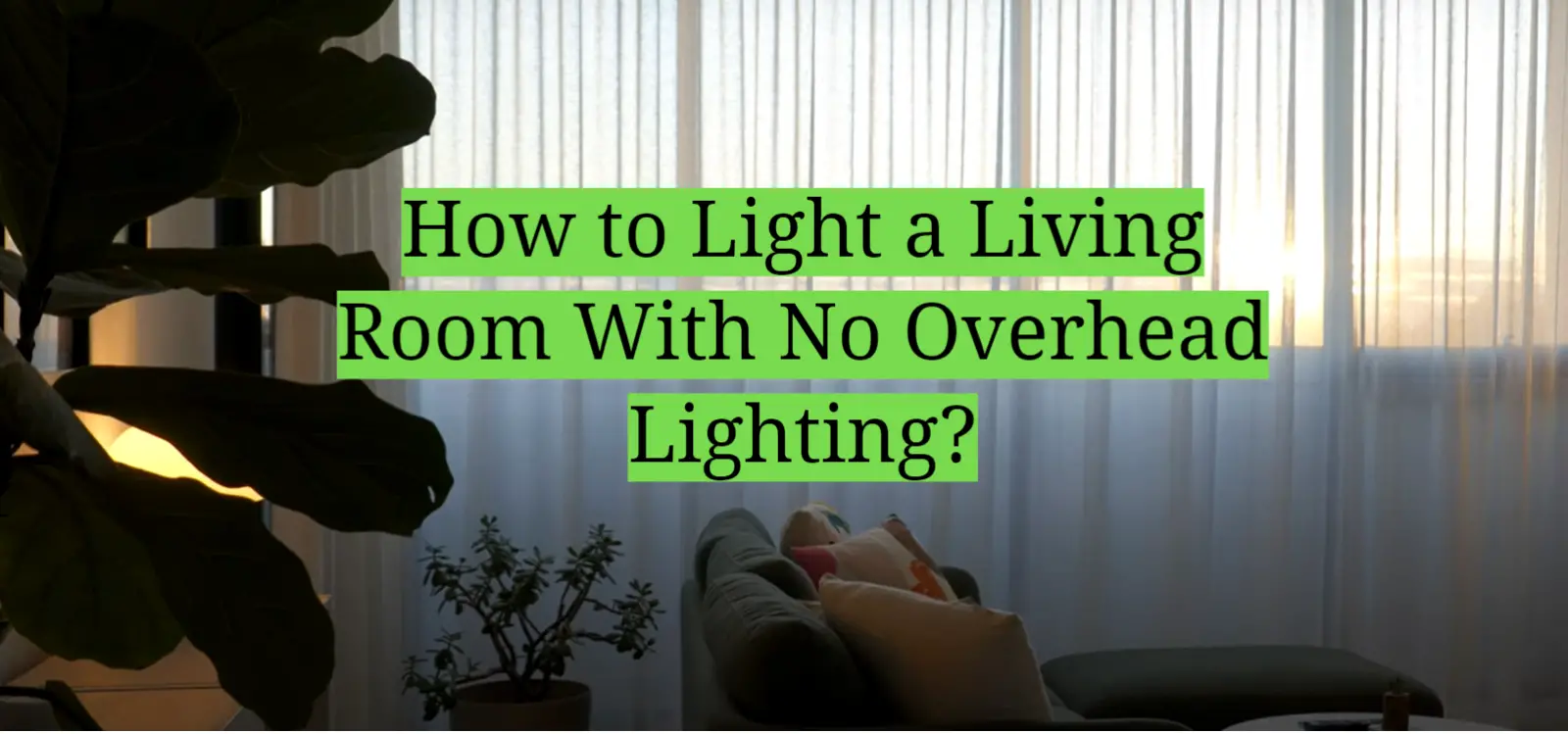




Leave a Reply